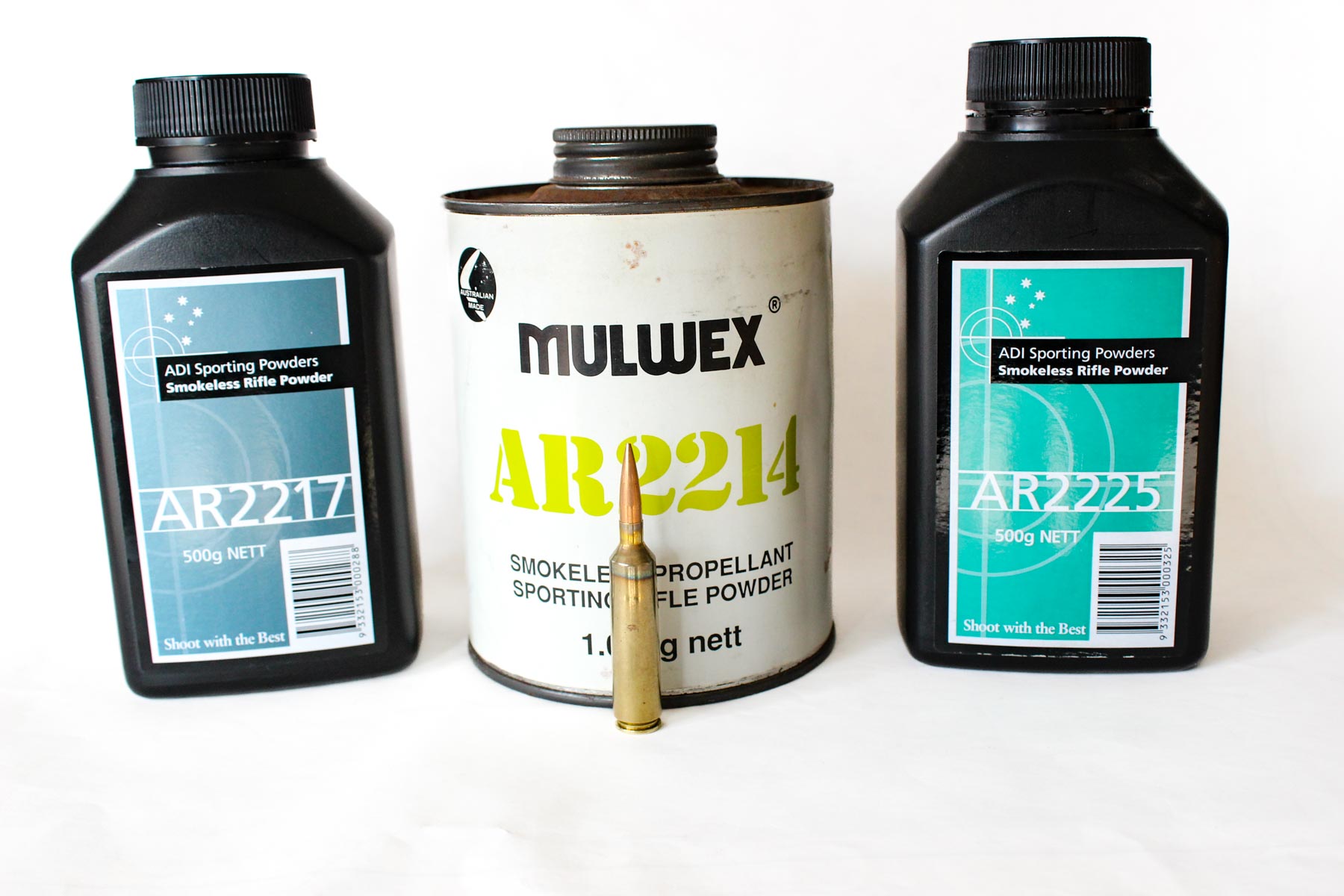The uncontrolled reloading advice you can find on the internet comes under one of three headings: good, irresponsible and just plain dangerous.
To protect yourself, the absolute minimum requirement is to reference any touted load against at least one (preferably two) recognised reloading manuals.

Almost invariably, you’ll find the suggested internet load is more than any maximum figures in the written manuals.
This is simply a recipe for disaster and I wonder just how many unreported overloads have occurred and whether anyone has suffered an injury.
People are slow to learn. If you reload, the simple advice from the start is never to exceed maximum loads listed in the manuals.
The reasons are simple enough. Without pressure measuring equipment you simply have no idea of the pressures being developed in your rifle with any overload.
Situations do arise where maximum loads are not specified in any manual. Usually, this occurs with the wildcat and Ackley cartridges.
The problem with both is that most of the time there is no agreement between gunsmiths as to exactly what specifications apply to the associated reamers.
Ackley cartridges are pretty straightforward. The shoulders are blown out, and the shoulder angle is steepened, which allows extra powder capacity. Depending on the original case size this may be in the region of four or five grains.
Conventional wisdom says that with Ackley cartridges you use the maximum load of the parent case as a starting load and cautiously add powder at a very slow rate, watching for pressure signs at every stage.

Here’s an example that shows how careful you must be: I was working up loads for a .243 Ackley Improved with a 1:7 twist, which would allow for projectiles up to 120gn. The initial projectiles were in the 103/105gn range.
One powder showed pressure signs at 1gn above the parent-case maximum. All of the other powders accepted extra loads of between four and five grains before encountering pressure signs.
With another barrel chambered for .22/284, using a specialist long-range JLK 80gn boat-tailed projectiles, I faced a lack of information about loads and did several months of research before coming up with a suitable powder, ADI AR2214.
I started low with the best data I could find and proceeded 1gn at a time until pressure signs were evident at 58gn. Thereafter, I considered the maximum load to be 57gn, and this has worked well over time.
When AR2214 powder was no longer available, I tried AR2217 and AR2225, as suggested by a computer program, and was delighted with the result.
To cut a long story short, 55gn of either powder produced an average of 3460fps, which is 60fps faster than AR2214; there is less than 20fps between them.
Accuracy is a whisker over 0.50 inches, which is in line with the original.
The original advice still stands: where good loading data is available, don’t exceed the maximum.
If none is available, your research must be extensive to protect yourself. Proceed with the utmost caution.

0 Comments